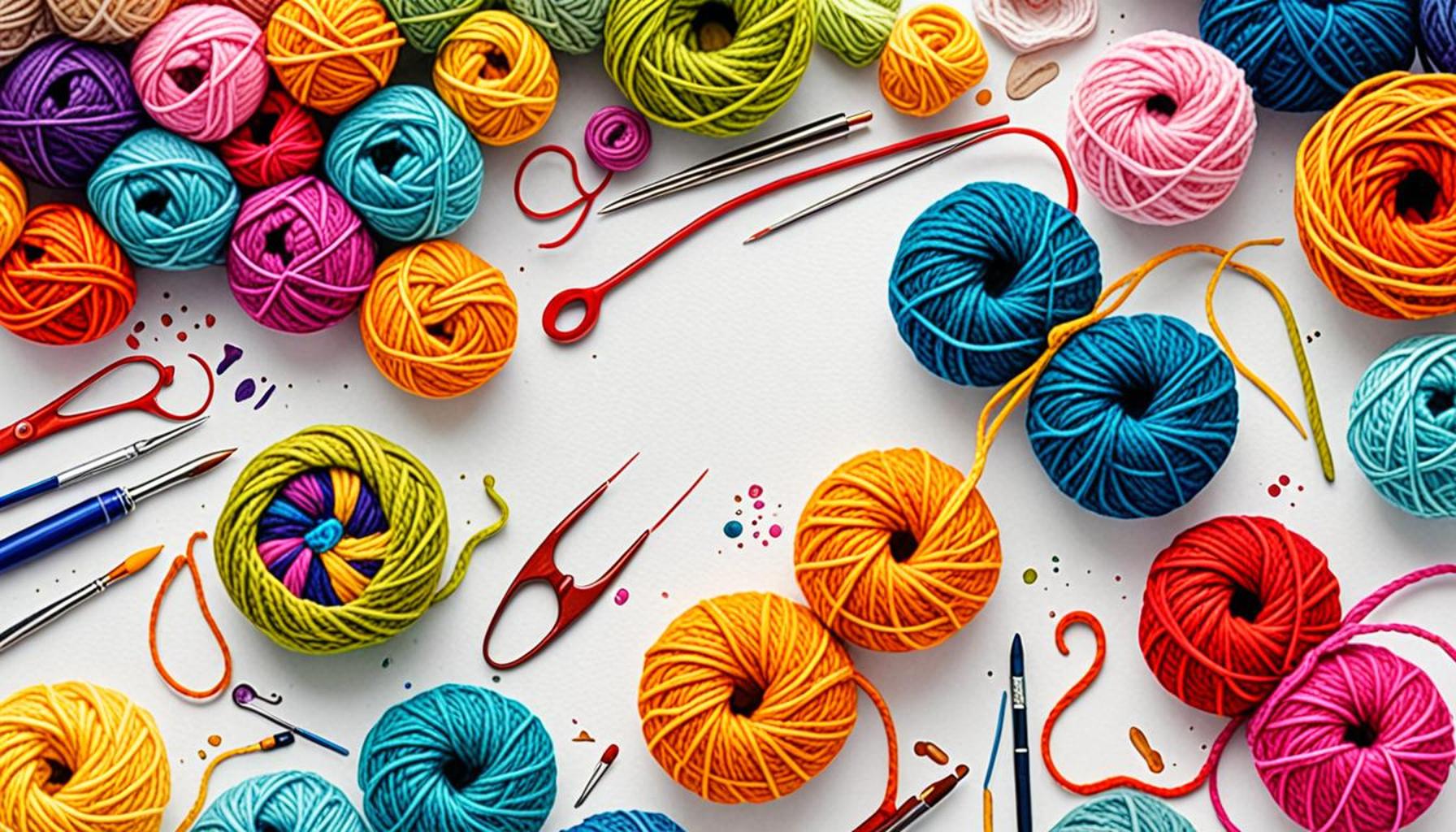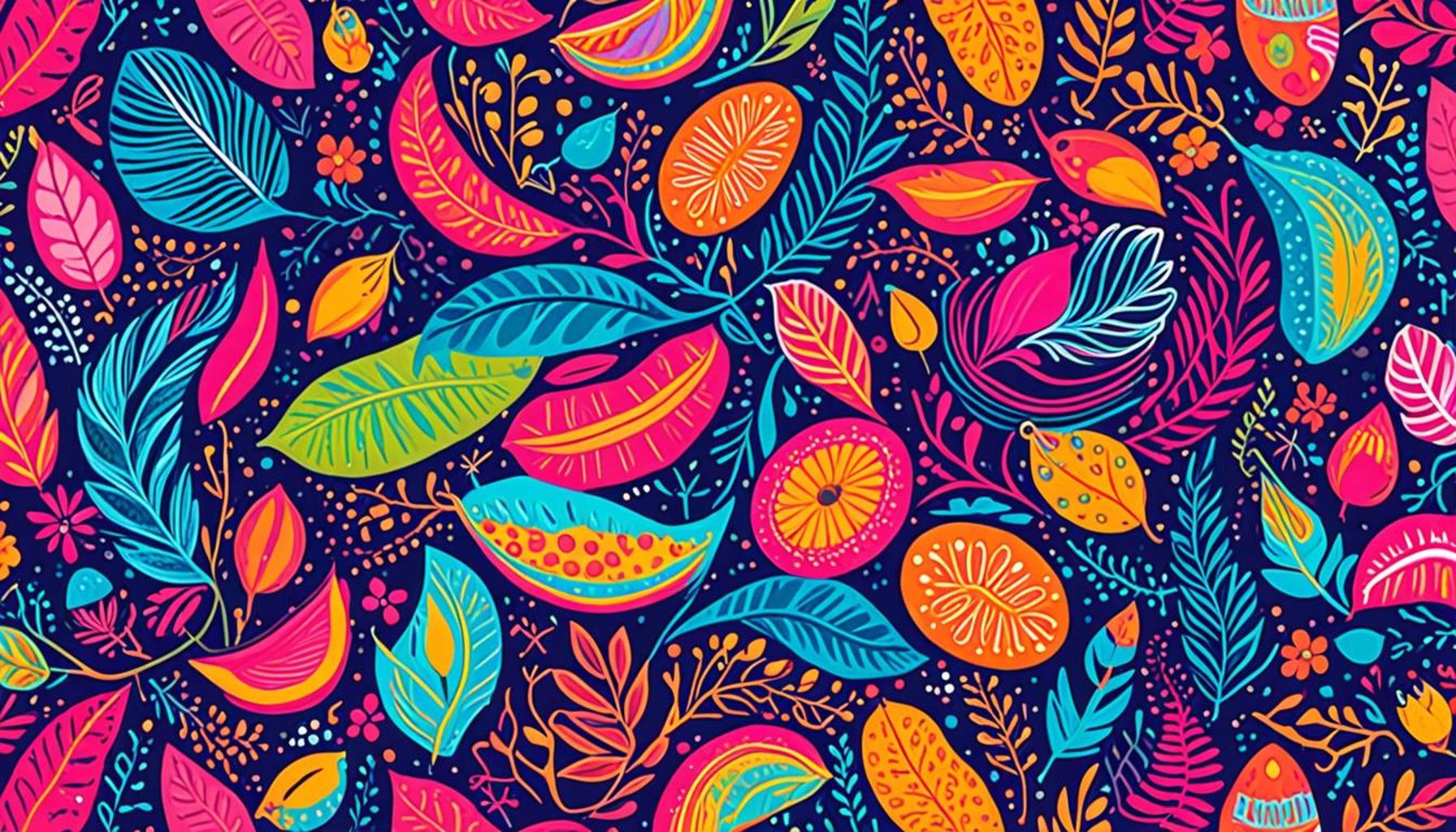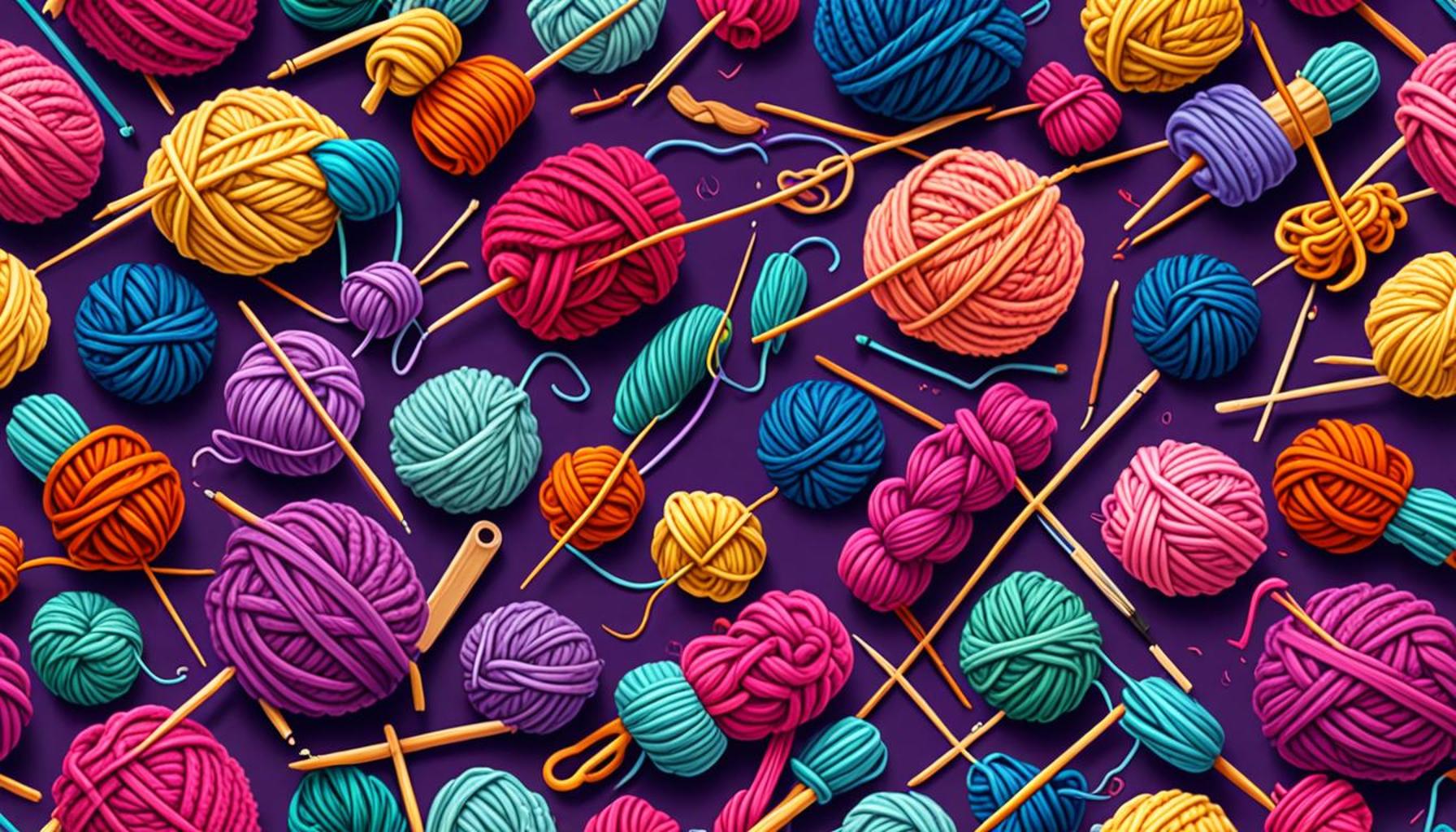Innovation in Crafts: How Modern Techniques are Transforming Creative Hobbies in Nigeria

The Evolution of Nigerian Craftsmanship
The vibrant landscape of craftsmanship in Nigeria is currently witnessing a remarkable transformation. Traditionally known for its rich history and skilled artisans, the sector is now embracing modern techniques that innovate while preserving cultural heritage. This blending of old and new is leading to a dynamic creative expression among craftsmen and women, reflecting a unique cultural identity that resonates with both local and global audiences.
Factors Driving Creative Evolution
Several key factors are contributing to this creative renaissance:
- Technology Integration: The accessibility of advanced technologies such as laser cutting, 3D printing, and sophisticated digital design software is revolutionizing the artisan workspace. For example, a traditional woodworker in Lagos can now utilize laser cutters to create exceptionally intricate patterns that were previously impossible by hand alone. This integration not only enhances the precision of the crafts but also significantly reduces production time.
- Global Influences: The pervasive reach of social media platforms such as Instagram and TikTok allows local artisans to showcase their work to an international audience, receiving inspirations that transcend borders. Craftsmen are increasingly experimenting with unconventional materials like recycled plastics or upcycled fabrics, leading to unique adaptations of traditional motifs in contemporary forms. The result is a fresh take on cultural expressions that resonates with younger demographics.
- Workshops and Communities: The establishment of craft collectives and community workshops throughout Nigeria provides a fertile ground for collaboration and knowledge exchange. For instance, initiatives like the National Craft Exhibition not only promote the work of established artisans but also offer mentorship opportunities for emerging talents, ensuring that traditional skills are passed down while innovating to meet contemporary markets.
Changing Perceptions of Craftsmanship
These modern techniques are reshaping not just production but also consumer perceptions. The growing appreciation for:
- Quality and Uniqueness: In a market flooded with mass-produced items, handmade products are celebrated for their individuality. Artisans in regions such as the North, known for their stunning pottery and weaving, are increasingly recognized by consumers who value both the craftsmanship and the narrative behind each piece.
- Sustainability: A pronounced shift towards eco-friendly practices is evident. Many artisans are adopting sustainable materials, aligning with global sustainability goals. For example, local bead makers are embracing ethically sourced stones or repurposed materials, catering to a market that prioritizes environmental consciousness.
- Economic Opportunities: The rise of creative hobbies is not purely artistic; it is an avenue for economic empowerment. Artisans can leverage their crafts for financial stability, with initiatives supporting market access and fair trading. This burgeoning sector is not only revitalizing traditional craft but is also proving to be a substantial contributor to local economies.
As these various elements converge, Nigeria’s creative landscape is on the brink of significant growth and innovation, inviting artisans and enthusiasts alike to explore new frontiers in craftsmanship. The journey ahead promises to preserve the essence of traditional skills while fostering a progressive creative community that reflects both Nigeria’s heritage and its aspirations.
SEE ALSO: Click here to read another article

The Impact of Modern Techniques on Craftsmanship
The infusion of modern techniques into traditional crafts has not only altered manufacturing processes but has also sparked a cultural dialogue around the value of originality and craftsmanship in Nigeria. This transformation is palpable across various crafts, from beadmaking and textile design to pottery and woodworking, and these changes are ultimately shaping the future of creative hobbies in the country.
The Role of Technology in Advanced Crafting
One of the most compelling aspects of this evolution is the integration of technology. Artisans who once relied solely on rudimentary tools are now embracing cutting-edge equipment that allows them to enhance their creative output. For instance, a textile designer in Kaduna can now use computer-aided design software to create intricate patterns that can be printed directly onto fabrics via digital printers. This not only saves time but enables the artist to explore complex designs that would have been labor-intensive to produce using traditional techniques.
Additionally, the advent of 3D printing technology is revolutionizing how artisans conceptualize their creations. In places like Enugu, craftsmen can develop prototypes quickly, test various designs, and adjust their work based on feedback—all within a fraction of the time it would take using conventional methods. This versatility allows for faster iterations, ultimately leading to more innovative products that appeal to a modern market.
Community Building and Skill Development
The rise of craft communities and collaborative workshops is another significant factor driving this innovation. Programs such as the Creative Nigeria Initiative connect aspiring artists with established artisans, fostering an environment rich in knowledge exchange. Workshops not only teach the fundamentals of craftsmanship but also introduce participants to modern techniques and tools. This mentorship model empowers individuals to enhance their skills while preserving traditional practices.
- Networking Opportunities: Community events provide avenues for artisans to network, share ideas, and collaborate on projects that blend their unique styles.
- Access to Resources: Many workshops have begun providing access to tools and equipment that participants might otherwise find prohibitive, enabling them to experiment without significant financial investment.
- Innovative Product Development: Collaborations often yield new products that infuse traditional methods with contemporary designs, expanding market appeal.
Moreover, with organizations promoting craft fairs and exhibitions, local artisans now have platforms to showcase their work beyond their communities. Events like the Nigeria Craft and Design Expo allow artisans to present their innovative products to a wider audience, attracting buyers interested in one-of-a-kind pieces that tell a story of ingenuity and cultural significance.
As these developments continue to reshape Nigeria’s creative landscape, craftsmen and women are not only preserving their heritage but also pushing the boundaries of what can be achieved in their respective fields. The marriage of traditional skills with modern innovation is paving the way for a new era of creativity that resonates deeply with both local consumers and international markets alike.
| Category | Key Features |
|---|---|
| Digital Tools | The integration of software for design and planning |
| Community Platforms | Online spaces for sharing ideas and collaboration |
| Enhanced Skills | Access to tutorials and workshops improving craftsmanship |
| Market Expansion | Online sales and global exposure for local artisans |
Innovation in crafts is not merely about the tools themselves but also about reshaping the landscape of creative hobbies in Nigeria. The advent of digital tools such as design software has revolutionized how artisans conceptualize their work. This technology allows for intricate designs that were previously unimaginable, fostering a new wave of creativity. Furthermore, the rise of community platforms has enabled artisans to connect with peers globally, share ideas, and collaborate on projects, thus enriching the cultural tapestry of craftwork.Access to enhanced skills through various online tutorials and workshops has democratized learning, allowing even the most remote artisans to hone their craftsmanship. This educational shift significantly increases the overall quality of outputs. Moreover, with the introduction of e-commerce, local artisans now experience market expansion, gaining access to international markets, thereby amplifying their business prospects. The intersection of modern technologies and traditional crafts is paving the way for a vibrant creative economy that embraces both heritage and innovation. Through this transformation, Nigeria’s rich craft tradition is not only preserved but is also poised to thrive in the global marketplace.
CHECK OUT: Click here to explore more
Revitalizing Traditional Crafts Through Innovation
As the landscape of craftsmanship in Nigeria evolves, the dynamic interplay between tradition and modernity becomes increasingly evident. Beyond merely adopting new technologies, artisans are also reimagining methods and storytelling, intertwining history with contemporary expressions of art. This process serves not only to keep traditional skills alive but to also enhance their relevance in today’s market.
Exploring Sustainability in Crafting
A vital trend within this revolution is the focus on sustainable crafting practices. Many artisans are now re-evaluating their materials and processes, choosing eco-friendly options that reflect a growing awareness of environmental issues. In cities like Lagos and Ibadan, craftsmen are sourcing local and recycled materials to create new artworks. For instance, beadmakers are now incorporating recycled glass beads, which not only reduce waste but also lend a unique character to their pieces.
Moreover, initiatives aimed at promoting sustainable practices are proliferating, encouraging artisans to consider the ecological impact of their work. Organizations such as the Artisans Green Initiative provide education on sustainable sourcing of materials, as well as guidance on creating products that align with environmentally-conscious consumer demands. This trend positions Nigerian crafts within the global movement toward sustainable practices, making them attractive to international buyers who prioritize sustainability.
Diverse Platforms for Marketing and E-commerce
The digital age has unveiled a plethora of marketing avenues for artisans ready to showcase their innovations. Social media platforms, especially Instagram and Facebook, have become vital tools for reaching potential customers. Artisans are now able to craft a narrative around their work, sharing the stories of their craft, their materials, and their cultural significance. Online marketplaces like Jumia and Konga have also opened doors for local artisans to reach wide-ranging audiences, enhancing their visibility and sales opportunities.
Furthermore, e-commerce workshops equip artisans with the skills needed to navigate online selling effectively. This training empowers them to manage their personal brands, ensuring they remain competitive in a global market that increasingly favors the unique and handmade. Artisan cooperatives are springing up, allowing multiple craftsmen to share online platforms and amplify their business reach collectively, making it easier to compete alongside mass-produced items.
Fostering a Culture of Innovation
The contemporary push towards innovation is fostering a vibrant culture amongst artisans that embraces experimentation and collaboration. Workshops led by seasoned artisans encourage the blending of various craft styles, leading to the emergence of unique hybrid products that reflect Nigeria’s rich cultural tapestry. For example, traditional Yoruba patterns find their way into contemporary wooden furniture designs, resulting in pieces that capture the eye while retaining cultural significance.
- Adapting to Consumer Preferences: As consumers increasingly seek individuality in their purchases, artisans are adapting their offerings. This shift has prompted them to focus on bespoke solutions that resonate with modern lifestyles.
- Diversity in Artistic Expression: Artisans are experimenting with incorporating mixed media elements—such as beads into paintings or fabric swatches into mixed-material sculptures—creating truly avant-garde works of art.
- Community Engagement: Local communities are being engaged in various projects that not only promote the artisans’ work but also raise awareness about the cultural importance of these crafts.
The fusion of modern techniques with traditional craftsmanship is molding a thriving environment for creative hobbies in Nigeria. As artisans continue to innovate within this framework, they are redefining cultural narratives and carving a niche for themselves in both local and global markets. The potential for growth and evolution is limitless, painting an optimistic picture for the future of crafts in Nigeria.
YOU MAY ALSO LIKE: Read read another article
Concluding Thoughts on the Transformation of Nigerian Crafts
In conclusion, the landscape of craftsmanship in Nigeria is undergoing a remarkable transformation, with innovation playing a pivotal role in shaping creative hobbies and artistic expressions. As artisans embrace modern techniques, they are not only preserving traditional skills but also enhancing them, ensuring their relevance in a rapidly evolving market. The infusion of sustainable practices, coupled with the advent of digital platforms, has opened new avenues for artisans to reach audiences far and wide, unlocking exciting opportunities for growth.
The integration of recycling and eco-conscious choices reflects a heightened awareness of global sustainability, attracting a discerning customer base that values unique, handcrafted pieces. Furthermore, by leveraging social media and e-commerce platforms, artisans can craft compelling narratives that resonate with consumers, bridging the gap between tradition and modernity.
As the culture of innovation flourishes, it not only encourages artisans to experiment and collaborate but also fosters community engagement that celebrates Nigerian heritage. The vibrant movement towards bespoke creations and diverse artistic expressions showcases the rich tapestry of Nigeria’s cultural identity while adapting to contemporary demands.
Ultimately, the ongoing evolution of crafts in Nigeria paints an optimistic future, inviting further exploration and support for these talented individuals. Investing in their craft not only uplifts local economies but also secures a place for Nigerian artistry on the global stage, making it an exciting time for both artisans and art enthusiasts alike. As we look forward, one can only imagine the innovative paths that lie ahead for crafts in Nigeria.


